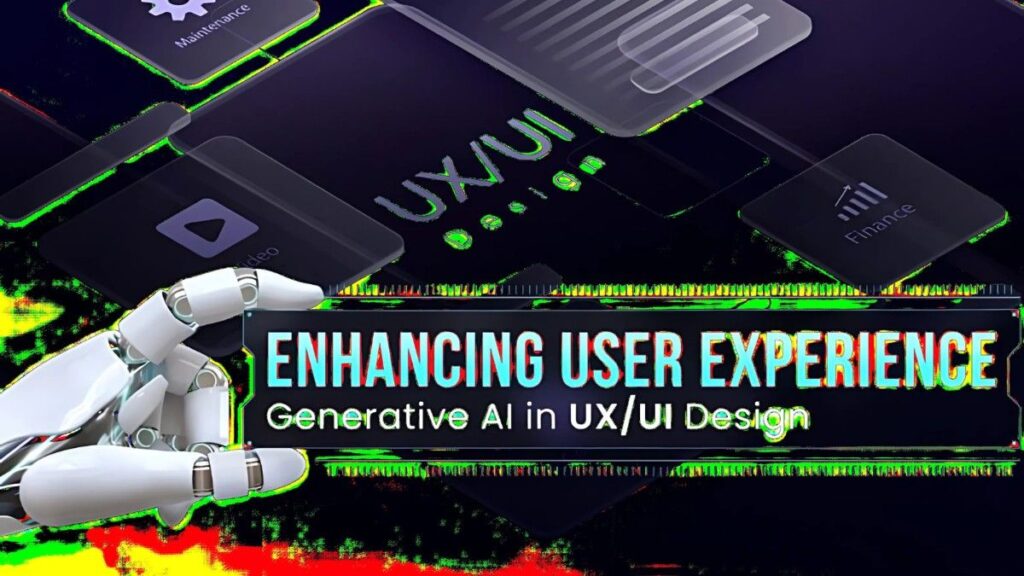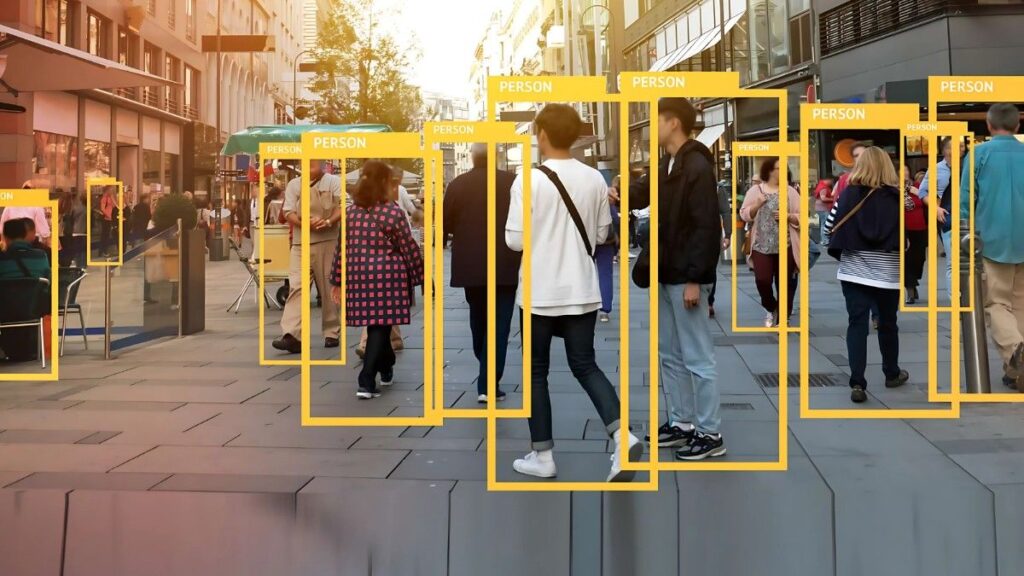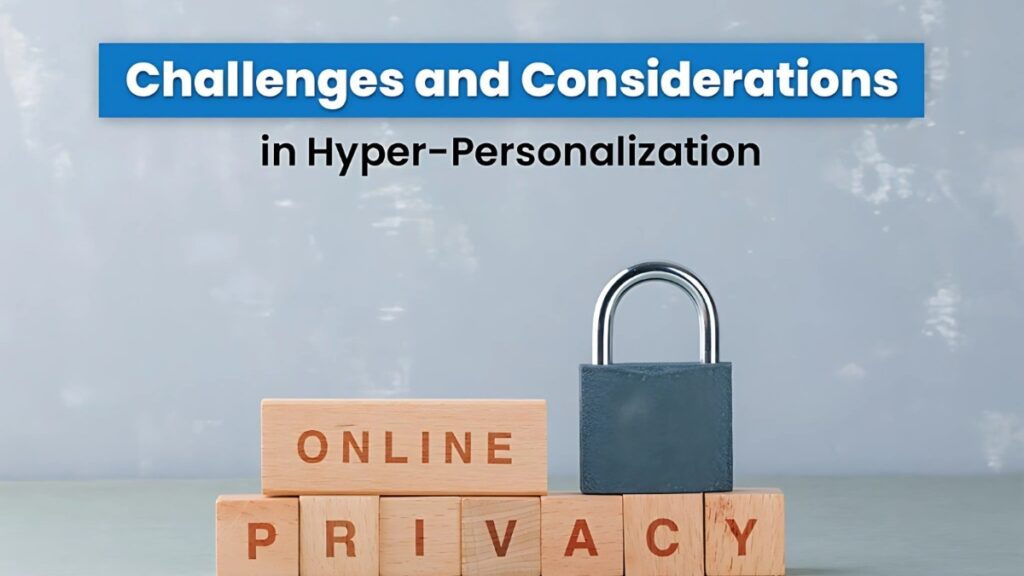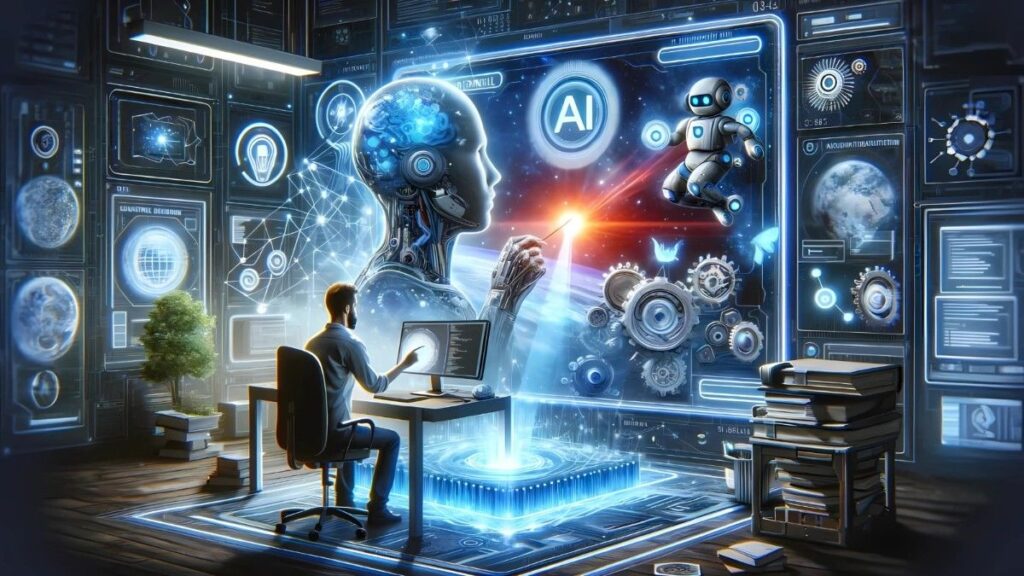
The era of media suggestions that are “one-size-fits-all” are now over. The way consumers engage with entertainment is changing due to artificial intelligence (AI)-powered hyper-personalization content. When it comes to finding the ideal playlist or streaming your favorite show, AI algorithms are highly effective at predicting user preferences, providing personalized experiences for every user.
More than a technical achievement, this revolution in media consumption signifies a fundamental change in the way content is selected, distributed, and acquired. In order to make sure that every recommendation seems like it was created especially for you, sophisticated artificial intelligence (AI) systems examine huge amounts of data in the background. This blog covers the internal functioning of hyper-personalization media material, including its advantages, disadvantages, and opportunities.
The Mechanics of Hyper-Personalization
Hyper-personalization basically involves the processing and analysis of vast amounts of user data using cutting-edge AI technologies. Several interconnected steps are involved in the process:
1. Data Aggregation
AI collects and brings together information from a variety of sources, such as browsing history, device preferences, observing patterns, and even social media activity. A thorough user profile is produced by combining these many different sources of data.
2. Deep Learning Algorithms
In order to identify a small change in user behaviour, AI uses deep learning models. Intricate details like topic inclinations, current preferences, or even emotional triggers are understood by these algorithms, which go beyond surface-level preferences.
3. Content Categorization
Content is carefully tagged by AI systems using metadata, which includes actors, genre, tone, cultural quirks, and more. A structured database that may be compared to user profiles is produced by this metadata.
4. Real-Time Adaptation
The ability of AI to change in real time is among its most outstanding qualities. A user’s tastes, for example, could change according to the time of day or their emotional state. AI dynamically modifies its suggestions to take these developments into account.
5. Feedback Loops
AI systems use feedback loops to continuously improve their predictions. Every user activity, such as finishing a movie or stopping in the middle, contributes fresh layers of information to improve recommendations in the future.
AI’s Role in Enhancing User Experiences

By determining user demands and providing the relevant content at the right time, AI-driven hyper-personalization produces an exceptional user experience. Its revolutionary impact can be summed up in a few main advantages:
1. Reduced Choice Overload
Users frequently experience feeling overwhelmed due to the vast array of options accessible on streaming services. By displaying the most appropriate content, AI reduces the amount of time spent surfing and helps users make more informed decisions.
2. Deeper Engagement
Users are encouraged to experiment with new genres, artists, or formats by individualized an recommendation, which strengthens their association with the platform.
3. Enhanced Accessibility
Interfaces can be customised by AI for users with particular requirements. For instance, it may opt for family-friendly alternatives for shared devices or provide audio descriptions for viewers who are blind or visually impaired.
4. Predictive Anticipation
By monitoring the patterns, AI is able to forecast user behaviour rather than only responding to it. For example, a platform may suggest soothing content based on weekly schedule of the user.
The Societal Impact of Hyper-Personalization

The recent development of highly customized media has significant social consequences:
1. Cultural Influence
Cultural consumption has been formed by hyper-personalization, which magnifies specific content. This has the potential to highlight underrepresented creators, but it also raises concerns regarding homogenized experiences—where consumers are only shown content that fits their own tastes.
2. Educational Opportunities
Based on individual objectives, AI-powered platforms might suggest learning or skill-building materials. This method democratizes education by allowing a wide range of audiences to gain knowledge.
3. Ethical Concerns
Concerns around consent and data privacy are brought up by personalization. Users might not always understand how their information is gathered, saved, and used.
Challenges in Hyper-Personalization

Regardless of its benefits, there are challenges in putting hyper-personalized systems into place:
1. Privacy and Security
Concerns about data privacy are quite real in the age of hyper-personalization. Platforms have to comply with strict regulations like the CCPA and GDPR while continuing to remain open and honest with users.
2. Algorithmic Bias
By putting an excessive focus on recognizable patterns, AI systems may unintentionally promote preconceptions. Stereotypes may be strengthened and recommendations may become less varied as a result.
3. Scalability
With rising user bases, hyper-personalization’s computational demands rise. It’s typically easy to scale these systems without sacrificing preciseness.
4. Balancing Personalization and Exploration
Customized suggestions can lead to echo chambers even when they increase satisfaction. It’s essential to find a balance between promoting discovery and providing relevant content.
Innovations Shaping the Future of Hyper-Personalization

With the ongoing development of AI technology, hyper-personalization is set to achieve previously unseen levels:
1. Context-Aware AI
In order to further improve recommendations, future AI systems will take into account contextual information such as location, weather, and even biometric data.
2. Generative AI in Content Creation
The development of personalized content, including interactive story lines that change based on user input, is made possible by generative AI. Imagine a movie where your choices affect the plot.
3. Immersive Experiences
Customized fully immersive experiences are made possible by the combination of Artificial Intelligence with virtual reality (VR) and augmented reality (AR). Users could take part in interactive narratives or explore virtual worlds customized to their preferences.
4. Multi-Platform Synchronization
AI systems will guarantee a smooth experience as consumers switch between devices by customizing content recommendations for smartphones, tablets, and smart TVs.
Strategies for Ethical and Inclusive Personalization
Media businesses must follow ethical guidelines to guarantee that hyper-personalization is advantageous to all parties:
- Transparency: Clearly explain the methods made use of to gather and use user data.
- Bias Mitigation: Create algorithms that encourage inclusive and varied content.
- User Control: Give users the ability to change their personalization preferences.
- Sustainability: By optimizing the usage of resources, design systems that reduce the adverse impacts on the environment.
Conclusion
The way we acquire entertainment is being revolutionized by hyper-personalized media content. Increased customer satisfaction and business success are guaranteed by the capacity of AI to predict preferences, adjust in real-time, and provide customized experiences. But as we embrace this future, it will be essential to address issues of bias, privacy, and diversity.
The development of hyper-personalization is still ongoing. The line between consumers and producers will become increasingly hazy as technologies like immersive media and generative AI gain popularity, bringing in an era of entertainment that is genuinely collaborative.
For media firms, the message is clear that hyper-personalization is the key to future success, not merely a new idea.
Read Also:- Voice Search Optimization: The New SEO Frontier for 2025 || BA LLB Program Study Tips and Semester Planning





